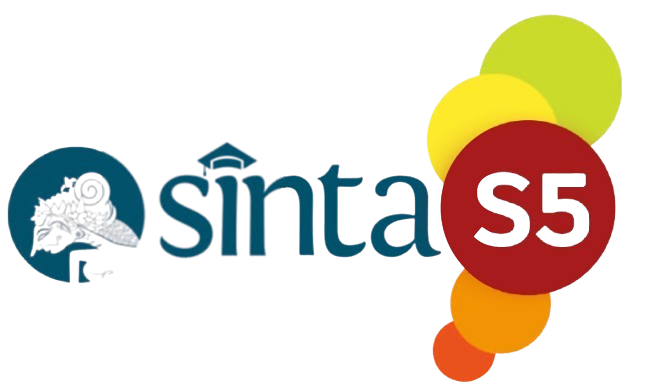Study of Taurine Content in Energy Drink Powders: UV-Vis Spectrophotometric Method
DOI:
https://doi.org/10.56359/igj.v4i2.593Keywords:
Taurine, energy drinks, UV-Vis Spectrophotometry, qualitative analysis, quantitative analysisAbstract
Background and Objective: Energy drinks are commonly consumed as a fast and affordable solution to fatigue, especially among adolescents and young adults. However, public knowledge about their appropriate use and the health risks of excessive intake remains limited. Taurine (2-aminoethanesulfonic acid), a conditionally essential amino acid found in many energy drinks, contributes to several physiological functions. Excessive intake of taurine may adversely affect kidney function.
Method: The method of this study using UV-Vis spectrophotometry. A 0.1% ninhydrin solution was used for qualitative testing, while UV-Vis spectrophotometry was employed for quantitative measurement. Proteins were precipitated using Carrez I and Carrez II reagents before analysis.
Results: A purplish-blue color change in the qualitative test confirmed the presence of taurine. Quantitative analysis revealed taurine concentrations of 0.025% and 0.012% in the two samples.
Conclusion: The results validate UV-Vis spectrophotometry as a practical and dependable technique for analyzing taurine, highlighting the importance of educating the public on the associated health risks of excessive consumption.
Downloads
References
Abdelrahman, M. M., Abdelkawy, M., & Ali, S. M. (2015). Development and validation of spectrophotometric method for determination of taurine in pharmaceutical formulations. International Journal of Pharmacy and Pharmaceutical Sciences, 7(6), 332–336.
Arnaud, M. J. (2011). Pharmacokinetics and metabolism of natural methylxanthines in animal and man. Handbook of Experimental Pharmacology, 200, 33–91.
Aydin, S. (2005). A comparison of taurine levels in plasma and urine of healthy volunteers and patients with epilepsy or diabetes mellitus. Advances in Experimental Medicine and Biology, 583, 313–319.
Huxtable, R. J. (1992). Physiological actions of taurine. Physiological Reviews, 72(1), 101–163.
Ripps, H., & Shen, W. (2012). Taurine: A “very essential” amino acid. Molecular Vision, 18, 2673–2686.
Seifert, S. M., Schaechter, J. L., Hershorin, E. R., & Lipshultz, S. E. (2011). Health effects of energy drinks on children, adolescents, and young adults. Pediatrics, 127(3), 511–528.
Shao, A., & Hathcock, J. N. (2008). Risk assessment for the amino acids taurine, L-glutamine and L-arginine. Regulatory Toxicology and Pharmacology, 50(3), 376–399.
Heckman, M. A., Sherry, K., & Gonzalez de Mejia, E. (2010). Energy drinks: An assessment of their market size, consumer demographics, ingredient profile, functionality, and regulations in the United States. Comprehensive Reviews in Food Science and Food Safety, 9(3), 303–317.
Zhang, M., Bi, L. F., Fang, J. H., Su, X. L., Da, G. L., & Kuwamori, T. (2004). Beneficial effects of taurine on serum lipids in overweight or obese non-diabetic subjects. Amino Acids, 26(3), 267–271.
Reissig, C. J., Strain, E. C., & Griffiths, R. R. (2009). Caffeinated energy drinks – A growing problem. Drug and Alcohol Dependence, 99(1–3), 1–10.
Rath, M. (2012). Energy drinks: What is all the hype? The dangers of energy drink consumption. Journal of the American Academy of Nurse Practitioners, 24(2), 70–76.
Lobo, V., Patil, A., Phatak, A., & Chandra, N. (2010). Free radicals, antioxidants and functional foods: Impact on human health. Pharmacognosy Reviews, 4(8), 118–126.
Finnegan, D. (2003). The health effects of stimulant drinks. Nutrition Bulletin, 28(2), 147–155.
Clauson, K. A., Shields, K. M., McQueen, C. E., & Persad, N. (2008). Safety issues associated with commercially available energy drinks. Journal of the American Pharmacists Association, 48(3), e55–e63.
Plieth, C. (2008). The UV/Vis Spectrophotometer – A tool for many applications. Analytical Chemistry
Downloads
Published
How to Cite
Issue
Section
License
Copyright (c) 2025 Siti Rahmah Kurnia Ramdan, Rifqi Nabil Athollah, Anna L Yusuf, Davit Nugraha, Panji Wahlanto

This work is licensed under a Creative Commons Attribution 4.0 International License.

















